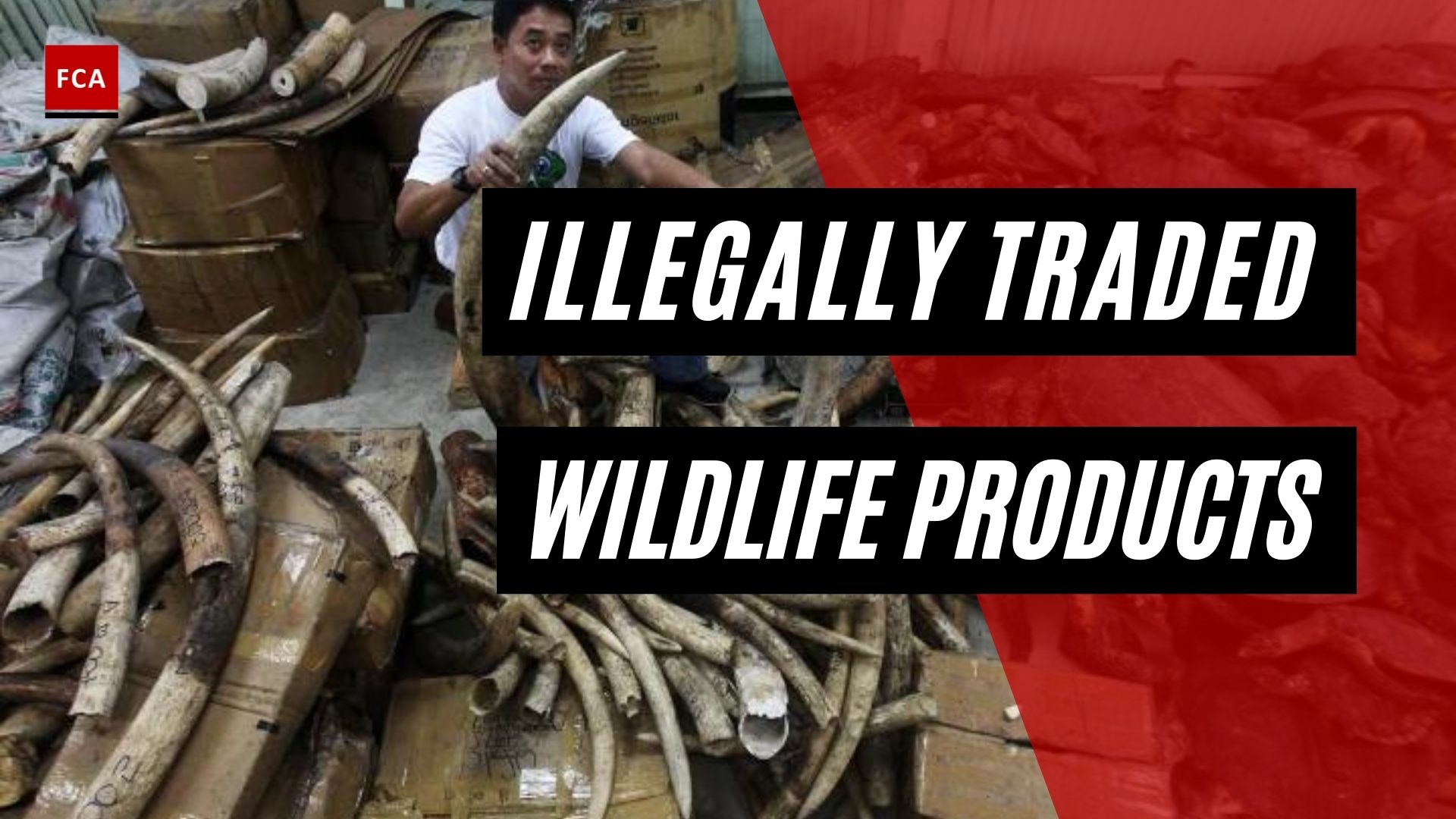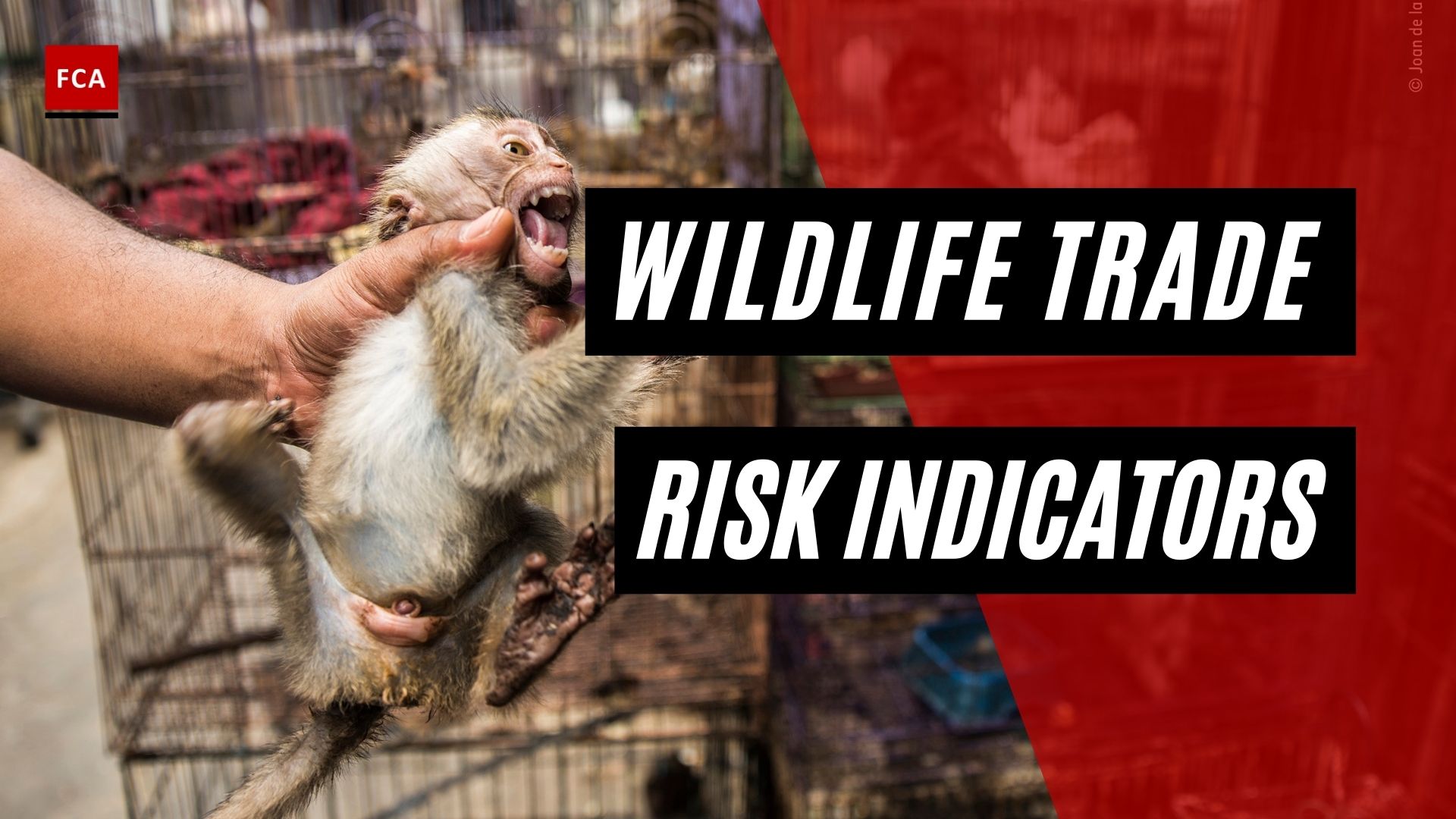Bribery and corruption examples and relation to illegal wildlife trade. Transparency International is an international NGO that intends to take action to combat global corruption with civil societal anti-corruption measures and to prevent criminal activities arising from corruption. Among other activities, Transparency International is periodically publishing the so-called “Corruption Perception Index”, or CPI. Following the most recent publication of the CPI, the most corrupt countries in the world typically are countries on the African continent, such as Somalia, Sudan, the Democratic Republic of the Congo, Nigeria, Uganda, and Djibouti.

Bribery And Corruption Examples And Relation To Illegal Wildlife Trade
At the same time, poaching and illegal wildlife trade are significant problems in African countries where corruption is high. Somalia, for example, is the most corrupt country in the world, according to the CPI. Simultaneously, Somalia, in addition to Somaliland, is a major source country for Cheetah cubs.
The high profit margins of the illegal wildlife trade make officials regulating trade activities suspectable for bribery. According to the United Nations Office on Drugs and Crime and the United Nations Environment Programme (UNEP), corruption is by far the most important enabler for illicit wildlife and timber trafficking, and is present at every stage of the supply chain.
Let us discuss how corruption occurs along the illegal wildlife trade supply chain.
Step 1 – Poaching
The supply chain typically starts with poaching activities. Hereby, poachers frequently depend on data provided by park rangers and others who have access to protected areas. These individuals can provide information on the whereabouts of animals and where inspections could be held. They may take a bribe to skip searching vehicles entering or departing parks for weapons or trophies. In one example, the Ministry for Natural Resources and Tourism in Kenya fired twenty-one rangers for colluding with poachers and wildlife traffickers 2014.
Step 2 – Export:
The global trade of wildlife products is normally controlled by licenses, certificates, and other documentation, which opens various opportunities for corruption. Upon being paid a bribe, authorities may declare illegal wildlife products as lawful merchandise. In fact, documentation can either be easily acquired from corrupt officials, or be faked or altered from the beginning.
For example, a large number of protected apes was illegally exported from Guinea with fake CITES export licenses between 2009 and 2011. Two years later, and after the corrupt practices of government official came to light, the chairman of the CITES Management Authority of Guinea was dismissed and arrested shortly thereafter.
Government agencies across the globe are constantly seizing illicit wildlife goods such as pangolin scales, ivory, and illegal wood. In another example, in 2006, 3.7 tons of ivory were seized in the Philippines. However, the ivory mysteriously disappeared from the custody of Manila’s Customs Authority – Presumably due to corruption of customs officials.
Step 3 – Import
When detected, poachers frequently try to bribe officials of law enforcement to avoid being arrested, losing evidence, delaying prosecution, or avoiding jail or penalties. It is estimated that border authorities at the Vietnam–China border are paid bribes of between $18,000 to $30,000 per day to illegally allow wildlife and wildlife contraband cross the border.
In another example, in Vietnam, the head of the Hoc Mon District People’s Committee was punished with 26 years in prison for taking a bribe and a piece of rhino horn worth $10,000 in 2010. Allegedly, he pulled strings allowing the import of illegal wildlife products into the country.
Finally, it is noteworthy that even high-ranking diplomats or government officials are susceptible for taking bribes relating to illegal wildlife trade. For example, poached rhino horn was smuggled out of Africa in diplomatic luggage and transferred to Guanzhong, China, where it was sold on the Chinese market by North Korean embassy employees from Zimbabwe and Zambia.
Substantial evidence shows that corruption, indeed, is the main enabler for the illegal trade of wildlife. Improved law enforcement and anti-corruption measures should be taken to end corruption which will help in tackling illegal wildlife trade.
What Is Wildlife Crime?
Wildlife crime is defined as any environmental-related crime involving the illegal trade, smuggling, poaching, capture, or collection of endangered species, protected wildlife (including animals and plants subject to harvest quotas and regulated permits), derivatives, or products thereof . Crimes thus refer to acts committed in violation of national law, as well as violations of the Convention on International Trade in Endangered Species of Wild Fauna and Flora at the international level.
The CITES Convention regulates wildlife exports, imports, and re-exports, and aims to protect species or endangered fauna and flora, including their byproducts, by establishing a control system for any trade and transaction in these species, such as I permits issued by CITES authorities for species threatened with extinction (Annex I of the Convention); and (ii) export certificates issued by CITES authorities for species not necessarily in danger of becoming extinct.
Wildlife crimes thus cover a wide range of diverse and frequently overlapping offenses, including illegal hunting, processing, exporting and importing, trafficking, supplying, and receiving, possessing, and consuming parts of wild animals. It is frequently associated with other criminal offenses such as document fraud (for example, forged hunting licenses or export permits), money laundering, tax evasion, and corruption.
Corruption Risks Along The Wildlife Trade Route
Many crimes along the wildlife trade route, such as poaching and trafficking, may be facilitated by corruption. It is also regarded as one of the major impediments to effective law enforcement. Corruption in the form of bribes, preferential treatment, and even state capture can be found at every stage of the criminal justice system (Last Great Ape Organization). Furthermore, criminal groups involved in illegal trade are able to launder the proceeds of crime thanks to lax laws and the support of public officials and institutions.
Corruption thus involves a wide range of actors, including CITES competent authorities, public officials, villagers, forest rangers, police, customs, traders and brokers, professional/international hunters, logistics companies (shipping lines, airlines), veterinarians, and game farmers, to name a few.
However, criminal organizations do not only use corruption to poach and trade wildlife animals. These groups also take advantage of the economic situation in source countries to pay villagers to poach animals, or of custom officials’ lack of technical knowledge, which cannot determine whether or not the animals/parts being traded are prohibited or restricted, as well as low penalties, among many other issues.
Final Thoughts
There is a scarcity of literature on current anti-corruption initiatives that support the fight against wildlife crimes. Nonetheless, because criminal organizations and individuals frequently rely on weak legal frameworks and bureaucratic procedures, a lack of coordination among oversight agencies, a lack of capacity among customs officials, and a lack of enforcement to poach and illegally trade wildlife animals, addressing such challenges could help reduce corruption associated with wildlife crimes.









